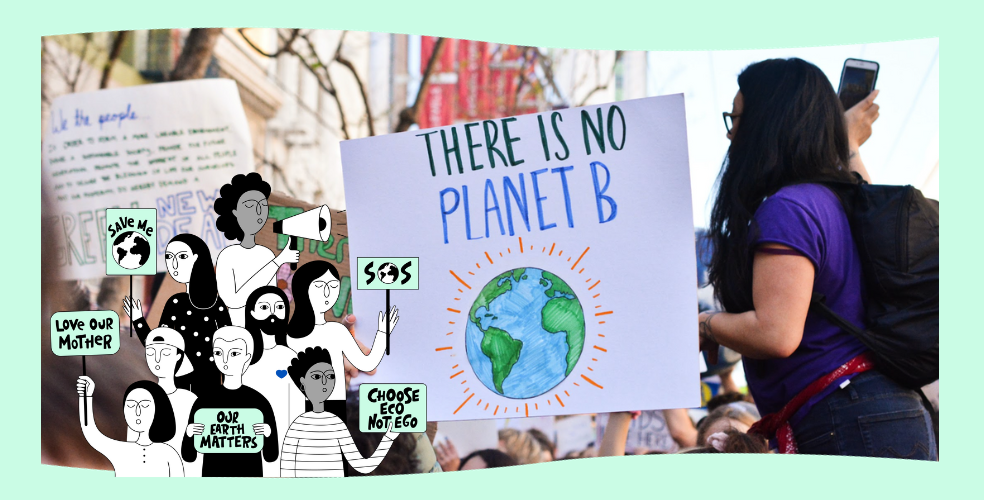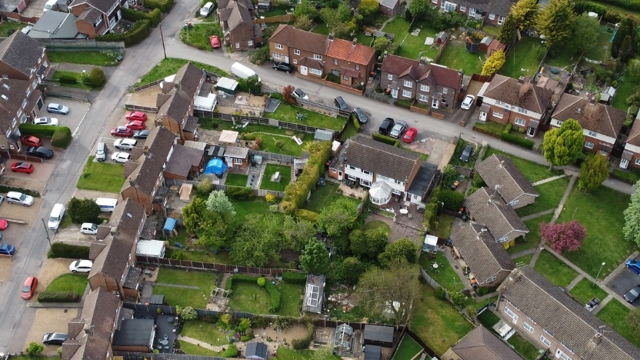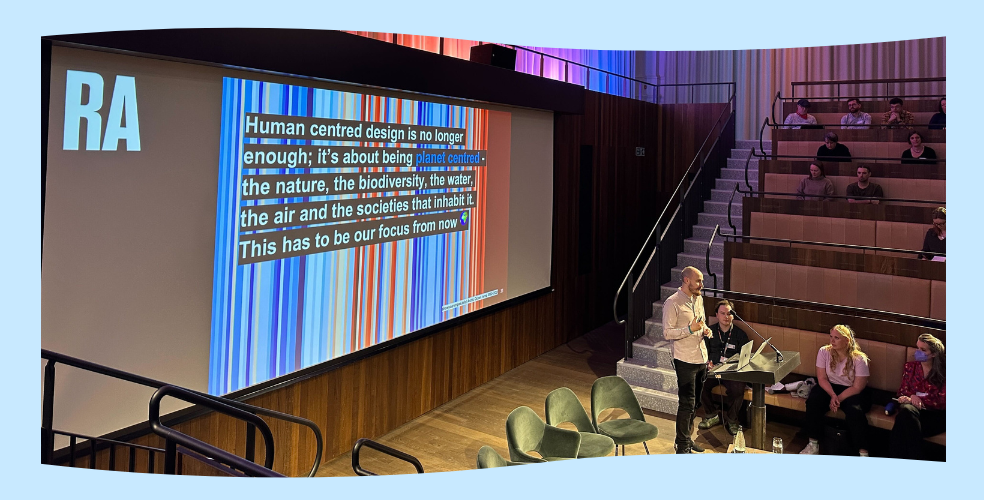At TPXimpact, what we do isn't just about developing digital products; it's a quest to weave experiences that enrich lives, promote fairness, and embrace sustainability. Our collaborations with institutions like the Royal Academy testify to our dedication.
However, in an era where digital advancements are celebrated and scrutinised, their environmental footprint cannot be ignored – it's a growing concern that we must address with urgency and responsibility. We must make more of the opportunity for emissions reduction that digital products and services give us.
In my roles as a co-chair of the BIMA Sustainability Council and within the Umbraco Sustainability Council and the W3C Web Sustainability Guidelines Community Group, I have been guiding our digital landscape towards a future where sustainability is not just an afterthought but is baked in as a requirement from the beginning.
This is what my talk was about at the Museums Computer Group 2023 Conference: the urgency of the situation, the opportunity it opens up on projects and practically how it can be done.
The conference was titled “Future Proofing the Digital Museum” and covered subjects as diverse as the restitution of digital assets, the latest attitudes of visitors towards a museum's role in tackling the climate emergency and a new data service for collections. So, my talk felt well-positioned amongst these thought-provoking subjects.
Initiatives for environmental sustainability
Our planet is at a tipping point. The State of Climate Action report presents a stark reality – global progress across sectors is alarmingly slow, jeopardising our goal of limiting warming to 1.5ºC. Just one of the 42 indicators it measures was on track. Five are going in the wrong direction, with the rest deemed to be various levels of off-track.
The digital industry is a significant part of this issue; it is responsible for about 4% of global emissions, surpassing that of the aviation industry. The increasing scale of digital operations, encompassing more video, AI, immersive experiences, and data, is a growing concern.
However, it's not all doom and gloom. The UK Museum COP and their recent recommendations offer the kind of industry-level cooperation that is needed. Museums are committed to adopting a 'greener option first' principle, a mindset that needs to permeate every sector, especially digital.
The pledges from the Museum COP are also pertinent; at the MCG Conference, we heard the findings from the latest Act Green survey, which assesses visitor attitudes towards the climate emergency. Museum visitors are concerned about the climate change emergency but don’t think organisations are doing enough. 94% have changed their lifestyle in response to their concerns about the damage being caused to the natural world.
We also heard from The Royal Academy of the Arts, which presented a compelling case study in tackling tech debt while navigating budget constraints, demonstrating that a planet-centred approach can align seamlessly with traditional project principles. Confronted with a bloated, unmaintainable website, their strategy centred on long-term sustainability rather than short-term deadlines. Key focuses included enhancing accessibility, ensuring maintainability, and prioritising quality assurance and security. Their decision to adopt lightweight microservices and be stringent with content relevancy ensured the site catered effectively to its intended audience.
The transformation process was not about launching a "new" website by a fixed deadline but setting the stage for continuous, iterative improvements. This approach allowed for a gradual, more manageable pace of change. A pivotal move was repurposing their existing CMS into a headless CMS.
This decision reduced costs, protected valuable content and resonated with the reduce, reuse, recycle ethos. This case underscores that adopting a planet-centred perspective complements existing operational models and serves as a powerful motivator for executing projects responsibly and efficiently.
Future directions
So, how do we reduce the digital industry’s impact on the planet? To lean heavily on the identified by the Green Software Foundation, action can be categorised into three areas:
-
Energy efficiency - This is the electricity used anywhere in the life cycle of a digital product, so electricity in the data centre, electricity in the network and electricity needed to power the computer or device accessing the website or app. You could even consider the electricity used in the design and development of the software.
-
Hardware efficiency - This is mainly about the servers needed in a data centre to host software. However, it is also about ensuring that the people using the software don’t need to upgrade their devices just to access your software; do everything you can to reduce the need to make new electronic devices.
-
Carbon awareness - This is about changing software behaviour based on whether the electricity grid is currently filled with renewable energy or fossil fuels.
However, there is a vital fourth area:
Education and awareness. Helping address the fact that this is a very poorly understood problem. I’m not talking here about trying to educate individual people using software that their actions might contribute to carbon emissions, I mean educating our industry that collectively, we have a problem which we need to address. It can only be addressed if the planet is a stakeholder in all of our decision-making; if negative impact on the planet is measured and reduced, like budgets are tracked, or if security, accessibility and performance are optimised.
The strategies and tactics across those four areas are already known to us as an industry. We don’t need a technical breakthrough to start doing those things. We need to set up our projects with the right incentives.
As we move forward, our focus should be on planet-centred design. This approach considers the impact on nature, biodiversity, water, air, and society. It's a shift from being solely human-centred to being planet-centred, a change that is not just necessary but inevitable.
A call to action for the digital industry
In closing, the message I shared at the conference was clear: the digital industry must evolve. We must embrace our physical shadow, understand its impact and work tirelessly to reduce it. It's a daunting task essential for our planet's and future generations' survival.

How service design can help net zero policy succeed
Harriet and Zung share the important role service design has to play in helping the UK achieve its climate targets
Read moreOur recent insights
Transformation is for everyone. We love sharing our thoughts, approaches, learning and research all gained from the work we do.

How AI can reinvent the foundations of planning
AI can create a smarter, fairer planning system. Boosting engagement, speeding decisions, and rebuilding trust in local development.
Read more
How cross-sector collaboration can transform charities
Discover how effective cross-sector collaboration helps charities create lasting change through shared goals, inclusivity, and lean governance.
Read more
Reimagining new towns: Innovation, digital first delivery and new statecraft
At UKREiiF, we discussed how bold leadership, digital tools, and innovative funding can transform the next generation of new towns into thriving places.
Read more

